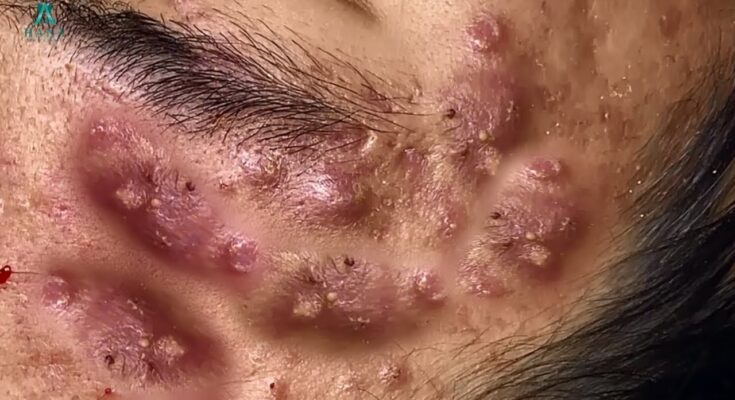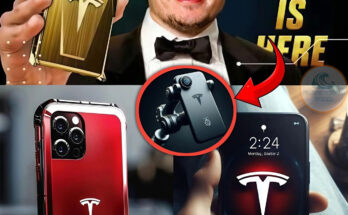It sounds like you’re discussing the process of extracting various types of acne, including cystic acne, blackheads, milia, whiteheads, and the concept of pimple popping. These are common skin issues that can cause frustration, and while extraction can be satisfying to some, it’s important to approach it with care to avoid further skin damage or scarring. Here’s a more detailed explanation of each skin condition and how they are typically treated or extracted:
1. Big Cystic Acne:
Cystic acne is one of the most severe forms of acne, involving deep, painful pimples or cysts filled with pus. These can be large and inflamed, often requiring professional treatment.
- Professional Extraction: Cystic acne extractions should only be done by a dermatologist or licensed esthetician. Trying to extract these at home can lead to scarring, infection, or worsening of the acne.
- Treatment Options: Oral medications like antibiotics, retinoids, or isotretinoin (for severe cases) are typically used. In-office treatments like drainage or cortisone injections can reduce swelling and speed up healing.
2. Blackheads:
Blackheads form when a pore becomes clogged with oil and dead skin cells, but unlike whiteheads, the clog is exposed to air and oxidizes, turning black.
- Extraction Process: Blackheads can be safely extracted using a comedone extractor tool or manually by a professional. It’s important to sanitize tools and the skin before attempting extraction to avoid introducing bacteria.
- Prevention: Regular exfoliation, using products with salicylic acid, and maintaining a consistent skincare routine can help reduce blackheads.
3. Milia:
Milia are small, white cysts that form when keratin (a protein in your skin) gets trapped beneath the surface.
- Extraction Process: Milia can be removed with a sterile needle or lancet by a professional. Never try to pop milia at home, as it can cause scarring.
- Prevention: Use gentle exfoliants and avoid heavy creams that could clog pores. Retinoids may help by speeding up skin turnover.
4. Whiteheads:
Whiteheads are closed comedones that form when a pore becomes clogged with oil, dead skin cells, and bacteria, but unlike blackheads, the opening is closed, preventing oxidation.
- Extraction Process: Whiteheads can often be extracted gently with a comedone extractor. If you’re doing this at home, ensure your skin is clean, and use gentle pressure to avoid damaging the skin.
- Prevention: Regular cleansing and exfoliation with non-comedogenic products can help prevent whiteheads from forming.
5. Pimple Popping:
Pimple popping (especially the kind seen in viral videos) can be tempting, but it can often make acne worse by pushing bacteria deeper into the skin, leading to more inflammation and even scarring.
- Do it Properly: If you absolutely must pop a pimple, make sure it’s ready to pop (i.e., a whitehead or blackhead with an obvious head), and ensure your hands and tools are clean.
- Professional Help: Instead of popping pimples at home, it’s often best to visit a professional who can extract acne safely and prevent complications.
Important Considerations:
- Sanitation: Always ensure that the tools you use for extractions are sterilized to avoid introducing bacteria.
- Avoid Picking: Picking at your acne can lead to scarring and further irritation.
- Aftercare: After an extraction or popping, make sure to soothe the skin using products like aloe vera gel or hydrocortisone cream to reduce inflammation. Always follow up with sunscreen to protect healing skin from sun damage.
When to See a Dermatologist:
If you’re dealing with large cystic acne or persistent acne that doesn’t improve with over-the-counter treatments, it’s best to consult a dermatologist. They can recommend stronger treatments like oral medications, professional extractions, or advanced skincare procedures such as chemical peels or laser therapy.
It’s important to approach acne treatments with caution to avoid causing further damage to your skin.



